Masks by the Numbers-What do I Really Need in a Mask?
We all know that it is still smart for us to wear facial coverings or masks when we are out in the public, helping to reduce the spread of COVID-19 during this Social Distancing phase of the Pandemic, even though the basic restart of the economy has recently begun in some localities. The questions are: Who should be wearing a mask, What type of mask should I be wearing, How do I choose a mask, How do I put on the mask and remove the mask, and How do I care for my mask? I’ve thought about this for quite a while now and have come up with what I believe are the most important things to consider regarding masks.
Who Should be Wearing a Mask?
Surprisingly enough, the answer is NOT everyone! There are people that shouldn’t be wearing a mask. The people who should not wear a mask include:
- Infants Under Two Years Old– The risk of suffocation or obstruction of the airway poses a risk in a person of this age.
- People who have Trouble Breathing– People with emphysema, COPD, and asthma. The mask makes it harder for a person who already has a hard time breathing to get the oxygen he needs.
- People who can’t Remove a Mask– If a person lacks the ability and dexterity necessary to remove the mask, this person becomes “at risk” for suffocation if they suddenly need to remove the mask and are unable to do it.
What Type of Mask should I be Wearing?
The proper type of mask varies widely depending on who is using the mask and what is expected of the mask. The average person should NOT be using an N95 Respirator Mask during this pandemic, as they should only be used by Healthcare Workers and First responders dealing with actually infected patients. Believe it or not, unless your goal is filtration of virus particles, (meaning that you are a First Responder or Health Care Professional treating infected patients), a cloth mask or a surgical mask provides a method to greatly reduce the potential of spreading the COVID-19 Virus! Here are the types of masks available:
- N95 or Respirator Mask– As stated above, the average person should NOT wear an N95 Mask or Respirator mask! These masks are needed for Healthcare Workers and First Responders at this time and are currently in short supply. Until the supply chain catches up with the rate of use of these specialized masks, by wearing an N95 Mask, you are potentially taking this option away from a person who needs it more than you do unless you are working in an industrial situation that requires one as the economy reopens!
- The Surgical Mask– These are single use products typically worn in surgery, dentistry, and other medical procedures, or by a patient who is infected in order to prevent the infection of others, in this case a mask being used as a containment device. They are classified from Level 1 to Level 3, with Level 1 providing the least protection against releasing droplets outside of the masks to Level 3 which provides the most protection against releasing droplets outside of the masks. These masks are designed to prevent the wearer from passing on droplet born infective agents(bacteria) to others. They provide NO PROTECTION from airborne pathogens(viral particles). If they have a waterproof layer, they can help prevent inhalation of droplets by the wearer.
- The Cloth Mask– These masks are often multiple use products. The denser nature of the cloth gives more filtration capability, which can be boosted further with filtering inserts depending on how the mask is designed. Cloth masks are also designed to prevent the wearer from passing on droplet born infective agents(bacteria) to other people. Cloth masks can provide better filtration of external droplets trying to enter through the mask than the surgical mask, due to more robust material and better fit to the face they provide.
How do I Choose the Right Mask for Me?
- Fit– Look for a mask that adapts well to the face, many of the pleated paper masks don’t do this very well without an “engineering device” to make it adapt better(pantyhose thigh slice slid over the entire mask to increase its adaptation it to the face is the simple version of this, or a “Mask Fitter” that involves a digital scan of your face with a smartphone and a 3D printer to produce an individualized custom frame that goes over the mask, retained with elastic/rubber bands, also adapting the mask more tightly to the face, and improving the seal due to its customized shape).
- Breathability– Generally, thicker the better, which gives better filtration, but thicker masks are sometimes hard to breathe through and it is important that the wearer is able to breathe comfortably while wearing the mask. Choose a mask that you can breathe through comfortably.
- Filtration– Consider using a cloth mask due to density and/or several layers or a mesh layer as long as it allows you to breathe comfortably.
- Placement and Removal– It is important that the wearer is able to remove the mask easily if breathing problems develop. When choosing retention methods, consider the dexterity of the person who is wearing the mask. Elastic over the ears is the easiest to mask place and remove. Elastic over the top of the head and the nape of the neck, or ties over the top of the head and back of the neck are also options for stabilizing the mask, but demand more flexibility and dexterity from the user for placement and removal.
- Reusable/Disposable Mask– Depending on wearer’s preference and level of protection desired.
- Cleaning Process-Machine Washable and Dryer Friendly is the most effective cleaning method and is able to only be done with cloth masks. Machine washing is much preferred over using solutions sprayed onto the mask, which is the only way to attempt to clean a paper based mask with questionable results. Cloth masks are the best for safe reusability over paper procedural masks.
Know How to Put on the Mask Correctly.
- Clean your Hands– Use soap and water or a hand sanitizer before touching the mask.
- Inspect the Mask– Make sure that there are no obvious holes or tears in the mask.
- Determine the Location of the Top of the Mask– This is the stiff, bendable part of the mask that adapts to the bridge of your nose.
- Determine the Location of the Outside of the Mask– For paper masks, this is usually the colored side of the mask, the white side is the inside of the mask, placed against the face.
- Donning the Mask– Put the mask on:
Face Mask with Ear Loops– Hold mask by ear loops and place an ear loop around each ear, adapt the nose piece to the bridge of nose and pull the bottom of the mask under the chin, adapting the fit of the mask. Clean hands with Soap or Hand Sanitizer.
Face Mask with Ties– Bring top of mask to nose level, place top ties over crown of the head and tie with a bow. Adapt the nose piece to the bridge of the nose, then secure the bottom ties with a bow at the nape of the neck and adapt the fit of the mask under the chin and along the sides. Clean hands with soap or Hand Sanitizer.
Face Mask with Bands– Place the bottom loop over the head and bring to the nape of the neck. Bring the nose piece to the bridge of the nose and bring the upper loop to the crown of the head. Finish adaptation of the mask to the chin, sides, nose, and face. Clean hands with soap or hand sanitizer.
Remove the Mask Correctly and Dispose/Clean it Safely.
- Clean your hands with soap and water or hand sanitizer before touching the mask. Avoid touching the front of the mask, as it is contaminated. Only touch the ties, loops, and bands of the mask.
- Removing the Mask– Follow instructions below depending on the style of the mask:
Face Mask with Ear Loops– Hold both ear loops and gently lift and remove the mask from the face, moving it away from the face. Dispose of mask in trash (if single use) or hamper for washing (if reusable). Clean hands with soap or hand sanitizer.
Face Mask with Ties– Untie the neck bow first, then untie the top bow and pull the mask away from the face. Dispose of mask in trash (if single use) or hamper for washing (if reusable). Clean hands with soap or hand sanitizer.
Face Mask with Bands– Remove the top band first, bringing the top of the mask down and away from the face, followed by bottom band, keeping the mask far from the face while removing. Dispose of mask in trash (if single use) or hamper for washing (if reusable). Clean hands with soap or hand sanitizer.
Masks are Going to be a Permanent Part of Sickness Management in Future Outbreaks of Infection.
If we mistakenly think that the lesson here is a “one and done” lesson, we may be forced to “repeat the lesson” as “Those who don’t Learn from History are Destined to Repeat It”. Let’s remember what we learned during these challenging times and “Live Smart and Play our Part” in protecting each other and our loved ones in the future!!
V Technical Textiles, Inc.
www.vtechtextiles.com
info@vtechtextiles.com
(315)-597-1674 PHONE
(315)-597-6687 FAX
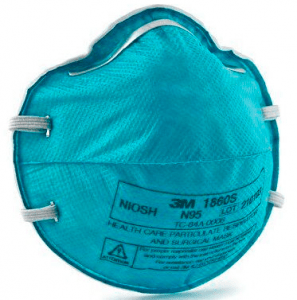
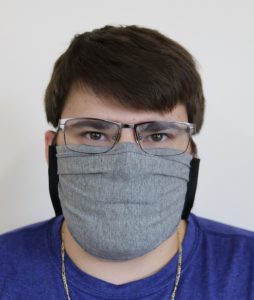
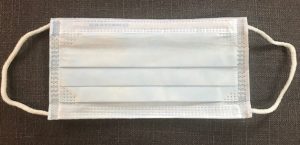

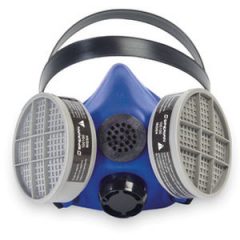
N95 Mask Cloth Mask Surgical Procedure Mask Ear Loop Mask Respirator Mask

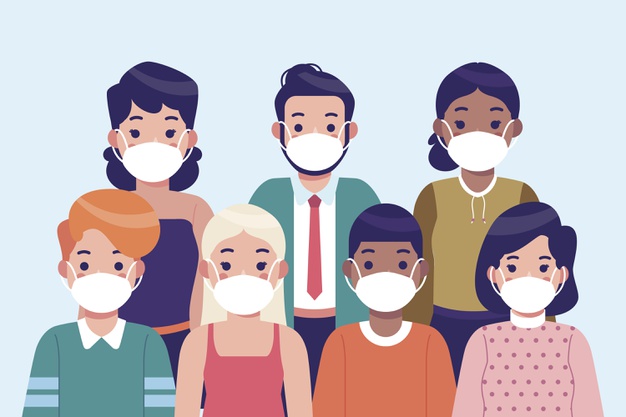
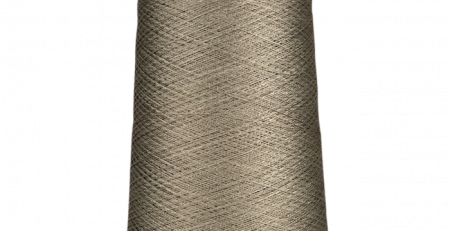
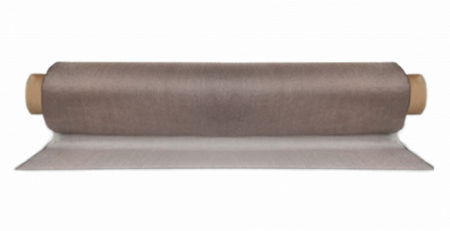
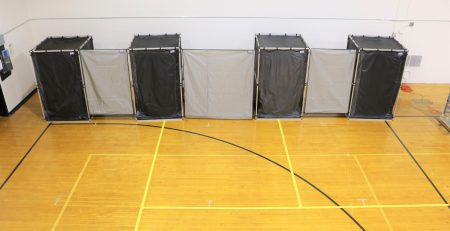
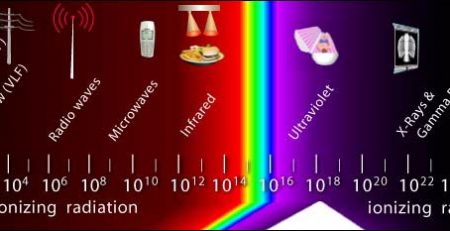

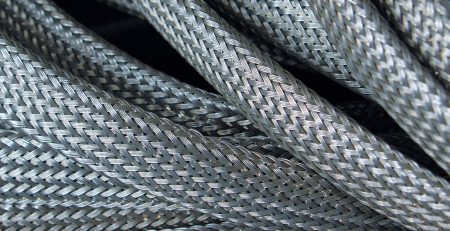
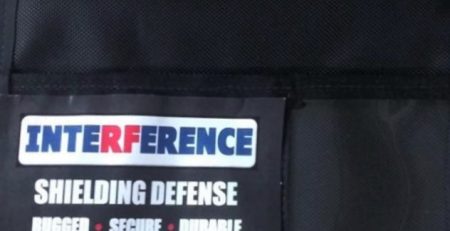
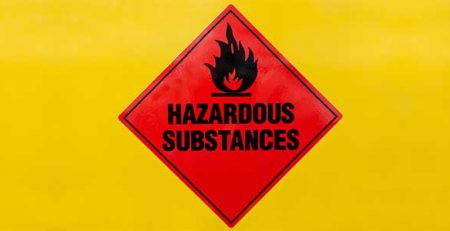
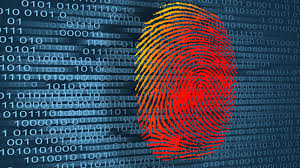


Leave a Reply